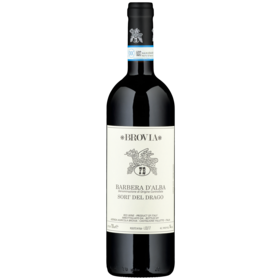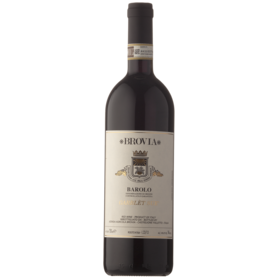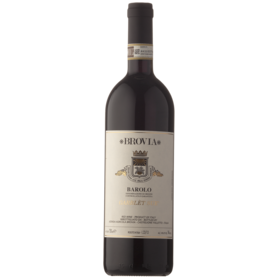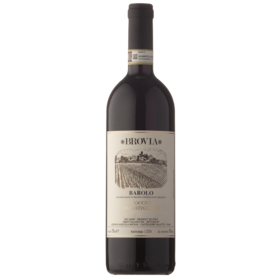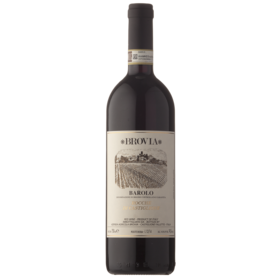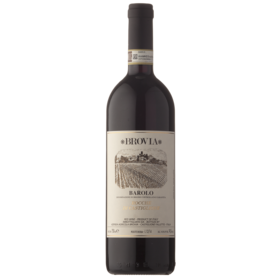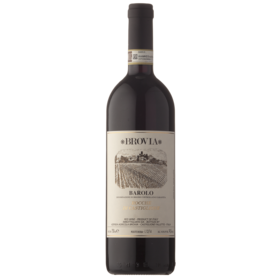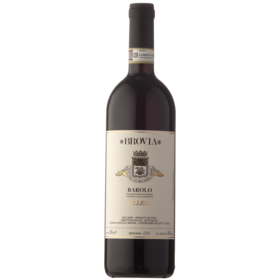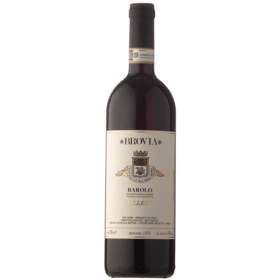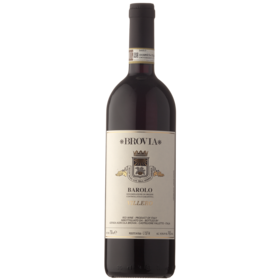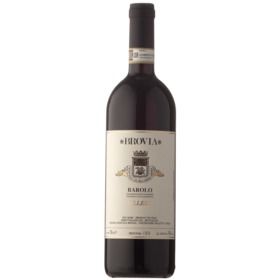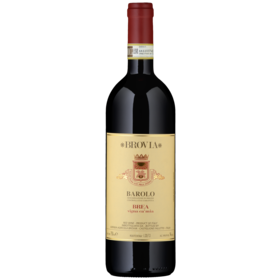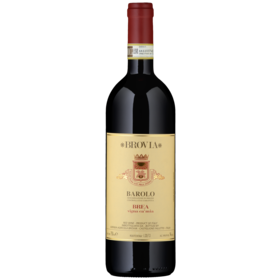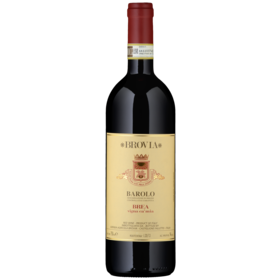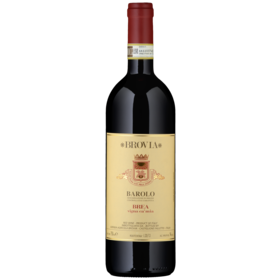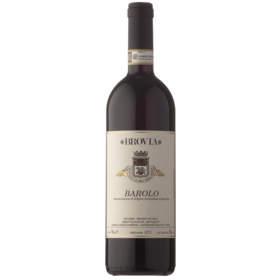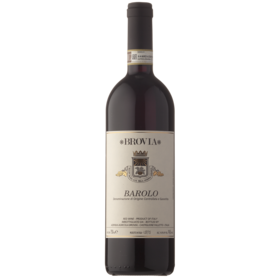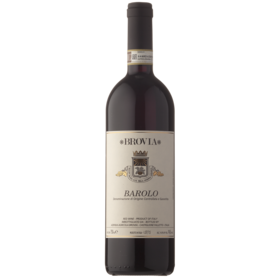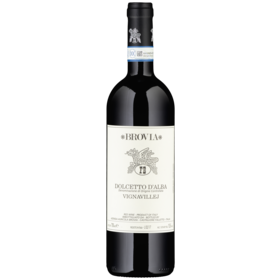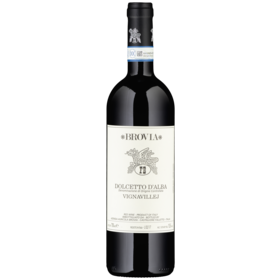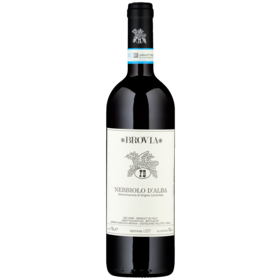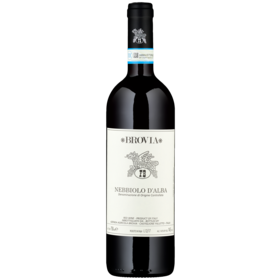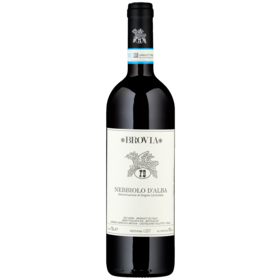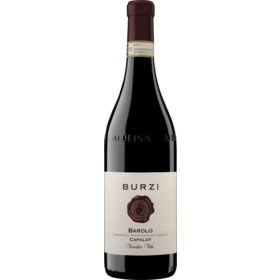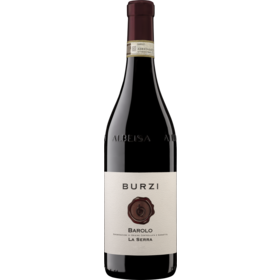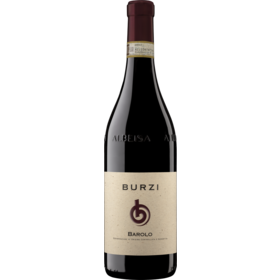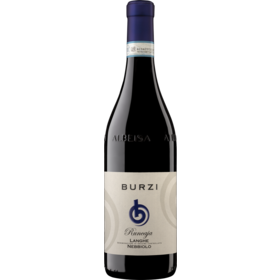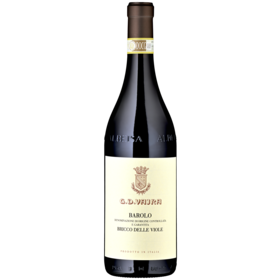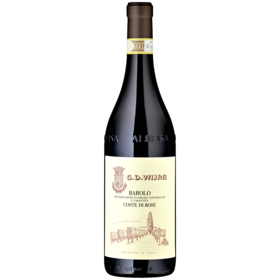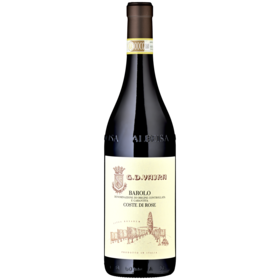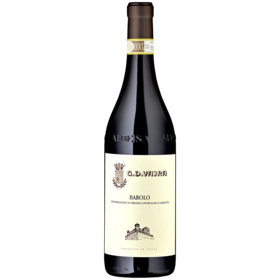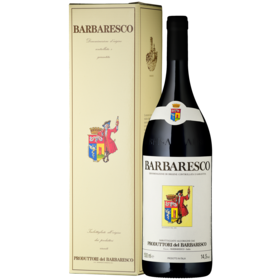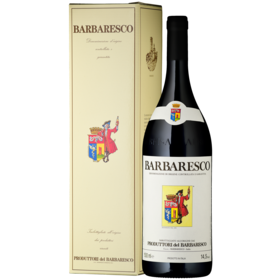Italy
Piedmont
Piedmont basically means ‘at the foot of the mountain’, accurately describing the region’s geographical position framed by mountains on three sides. It is one of the world’s great wine regions. Over 100 grape varieties are permitted for winegrowing in Piedmont. Red grapes Nebbiolo and Barbera are responsible for many of the best wines.
This hilly region in the north-west of Italy is more or less locked in an embrace with the Alps on the Swiss-Italian border, the Alps on the French-Italian border, and the foothills of the Ligurian Apennines. Its limestone-rich marl soils are the source of many of Italy’s top wines. Sorì is the Piedmontese name for the most sought-after hillsides exposed to the midday sun. Piedmont has 55,000 hectares under vine in total. Most of this is red wine country, with DOC and DOCG production accounting for around half of plantings. Traditional vinification methods are still widespread among the best growers, who export their wines around the world.
Barolo, Barbaresco, Barbera, etc.
These names have a nice ring to them, don’t they? Many of Italy’s great wines come from Piedmont. Nebbiolo is Piedmont’s oldest known native red variety – and its flagship. The first written reference to Nebbiolo dates back to the 13th century, but wines from the grape were likely drunk and held in great regard back in antiquity. Nebbiolo needs calcareous marl soil and a steep south- or south-west-facing slope to express its full potential. This is exactly what Piedmont offers. Time also plays a crucial role, as Nebbiolo’s true aromatic character only emerges after years of ageing. Barolo and Barbaresco are the two famous, elegant and complex single-varietal expressions of Nebbiolo. Other important, widely grown grape varieties include Barbera, Dolcetto, Freisa and Malvasia. Roero Arneis and the semi-sparkling Moscato d’Asti are particularly popular white wines.
Traditional winemaking
Piedmontese wine is not just about terroir and sunny south-facing slopes. Vinification methods also play a role. Many wines are still pressed and raised the traditional way. Following long periods of skin contact, they spend years maturing in large wooden vessels before being allowed to age further in bottle. Only when they are ready to start revealing themselves are they released for sale.



